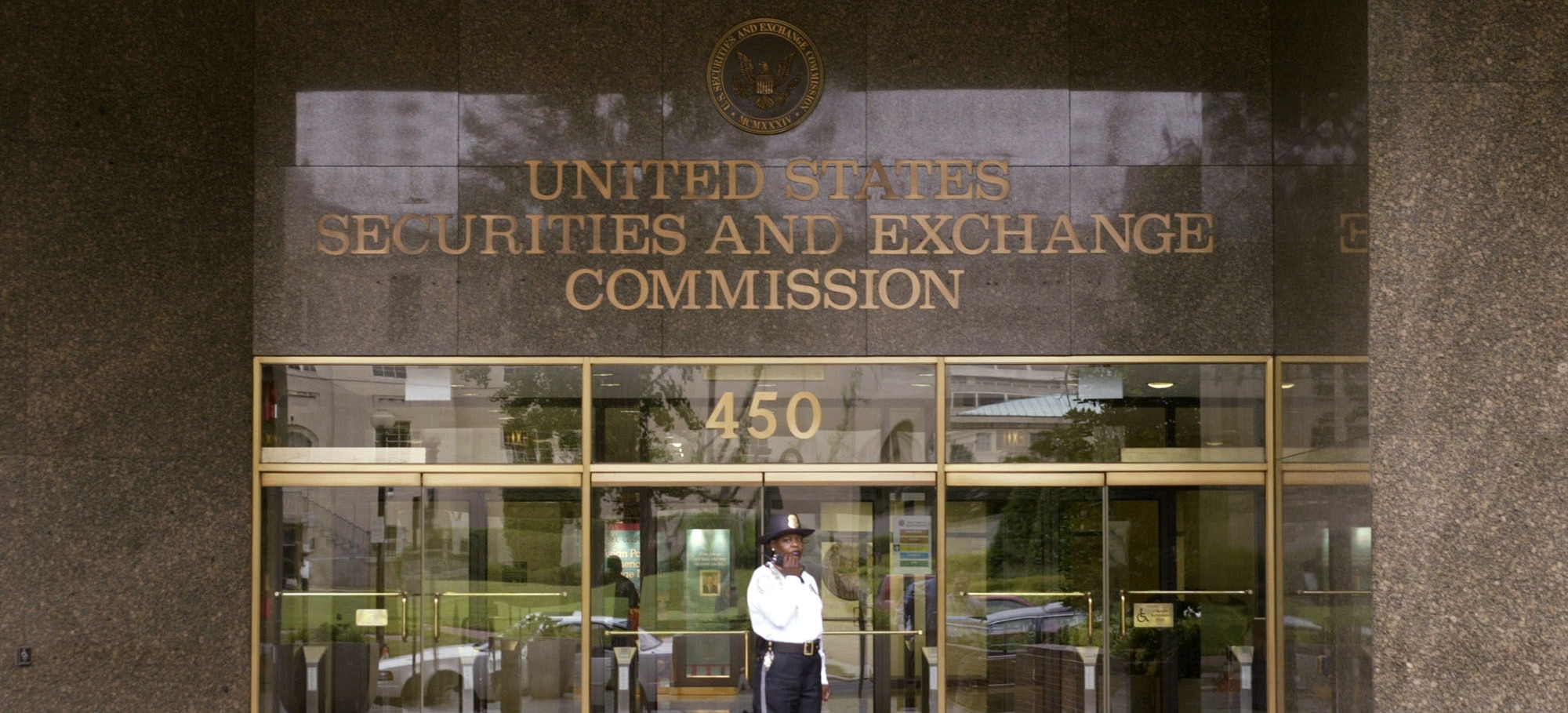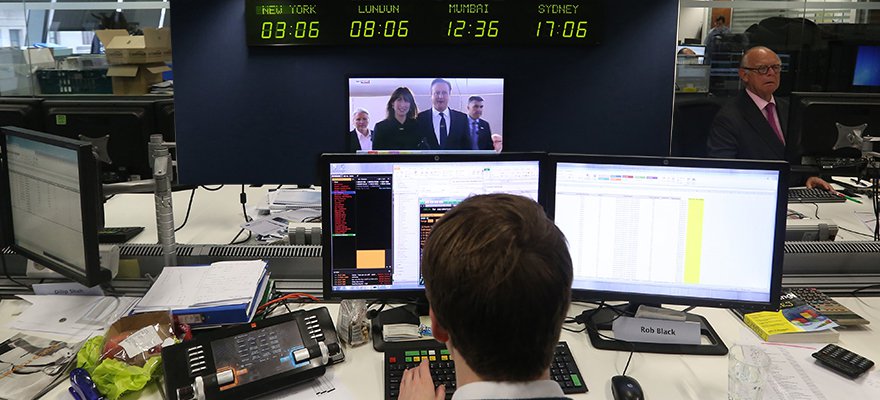On March 25, 2015, the Securities and Exchange Commission (SEC) unanimously voted (5-0) to adopt new rules to update and expand Regulation A, an exemption that has already been in place for smaller issuers of securities. The new rules, referred to as Regulation A+ or ‘IPO-Lite,’ are designed to allow smaller companies more options for accessing capital and also to provide more choices for investors. These rules have been mandated by Title IV of the Jumpstart Our Business Startups (JOBS) Act.
According to the old Regulation A framework, issuers were permitted to sell up to $5 million in securities during any 12-month period. Of that $5 million, only $1.5 million could be raised from current stockholders. However, due to regulatory requirements requiring that issuers file the offerings and pay fees in every state within which they were selling, few companies used this exemption. Many saw the relative fees and paperwork necessary to comply with these state “blue sky” regulations too burdensome for the amount raised to be worth the effort.
The new Regulation A+ rules will expand the current regulation into two tiers. Tier 1 will allow a company to sell up to $20 million in securities over any 12-month period, allocating up to $6 million of that total to current shareholders. Tier 2 will allow a company to sell up to $50 million in securities over any 12-month period, allocating up to $15 million of that total to current shareholders. Certain “bad actors” and other specific entities, such as investment companies, will be disqualified from raising via Regulation A+.
While Tier 1 issuers will still be required to comply with state “blue sky” registration requirements, the increase in the offering amount is intended to make this option more attractive than the current regulation. On the other hand, Tier 2 issuers will be allowed to pre-empt state securities regulation. However, Tier 2 companies will be required to include audited financial statements in their offering documents and will also be obliged to file annual, semiannual and current reports with the SEC.
Both Tier 1 and Tier 2 issuers will be mandated to undergo an SEC review, which could take several weeks, as well as filing a Form 1-A. Regulation A+ will allow for the use of general solicitation by issuers as well as the use of online Crowdfunding platforms for both tiers. Issuers will be able to accept an unlimited number of accredited and unaccredited investors. However, unaccredited investors will be limited to an investment of up to 10% of their annual income or net worth.
The new rules will allow for businesses to raise millions without going public too soon. The filing requirements and review from the SEC will enable businesses to grow while still providing proper safeguards and investor protections. It is expected that this will foster job creation and provide more opportunities to smaller and unaccredited investors. The new rules will become effective 60 days after publication in the Federal Register.

















